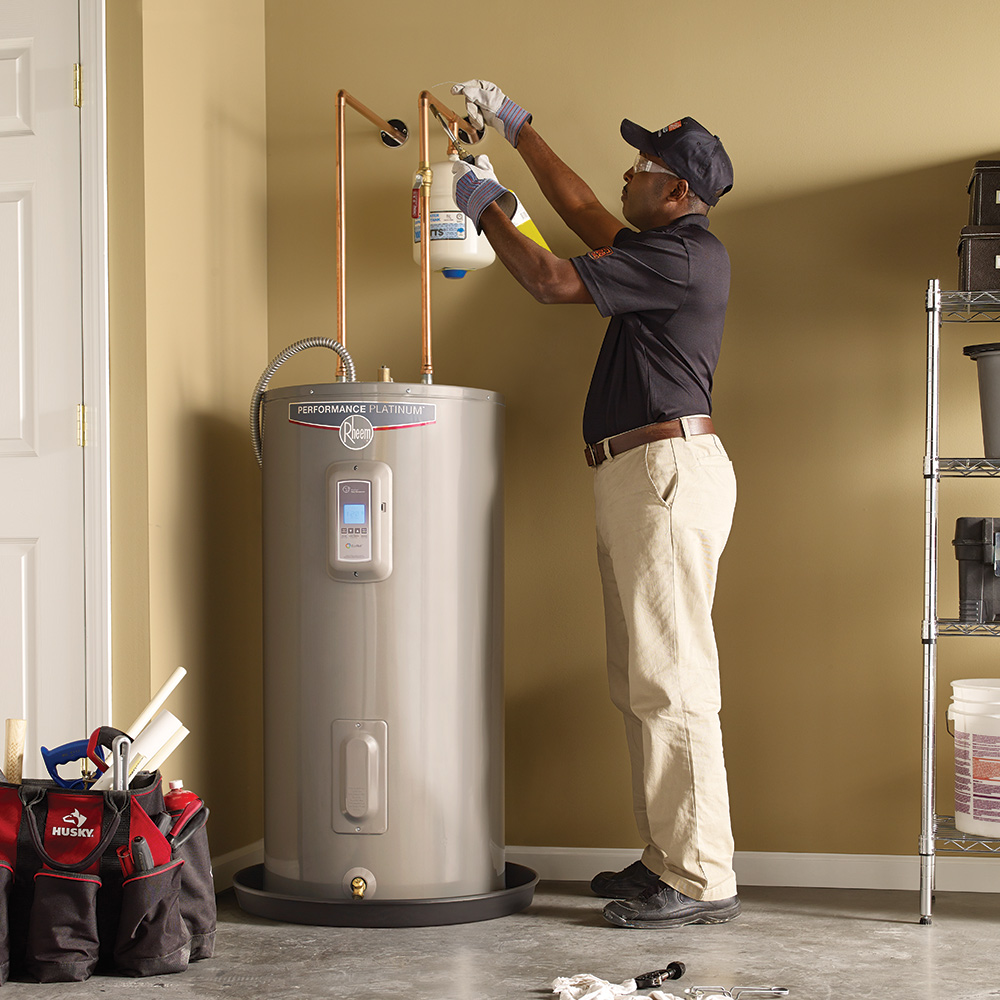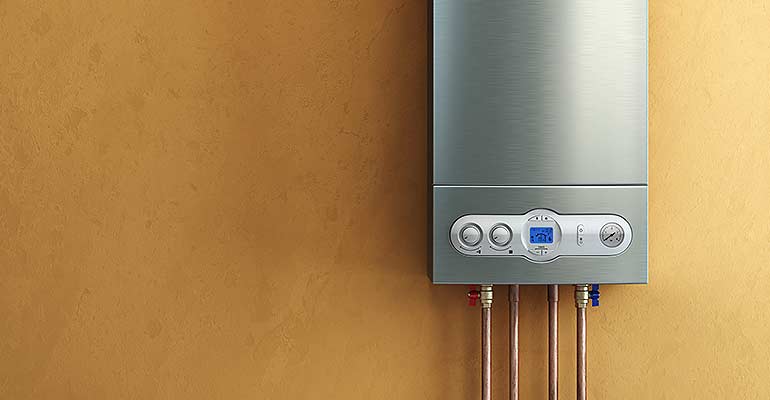We've come across this article on Tips on Maintaining a Water Heater down the page on the web and believe it made sense to write about it with you on this page.

Hot water is crucial for daily comfort, whether it's for a revitalizing shower or cleaning recipes. To guarantee your hot water system runs effectively and lasts much longer, normal upkeep is key. This write-up provides useful ideas and understandings on just how to maintain your home's hot water system to prevent disruptions and costly repair work.
Introduction
Preserving your home's warm water system could appear daunting, yet with a couple of straightforward steps, you can ensure it operates smoothly for years to come. This overview covers every little thing from recognizing your warm water system to do it yourself upkeep pointers and recognizing when to call in specialist aid.
Relevance of Keeping Your Warm Water System
Routine upkeep not only prolongs the life-span of your warm water system yet additionally guarantees it runs effectively. Ignoring maintenance can bring about lowered performance, greater energy bills, and even early failing of the system.
Indications Your Hot Water System Requirements Upkeep
Understanding when your hot water system requires interest can avoid major issues. Keep an eye out for indicators such as irregular water temperature, strange sounds from the heater, or rustic water.
Flushing the Water Heater
Purging your hot water heater gets rid of sediment buildup, improving performance and lengthening its life.
Checking and Replacing Anode Rods
Anode poles stop corrosion inside the tank. Evaluating and changing them when worn out is crucial.
Facility Problems Requiring Expert Help
Instances include major leakages, electrical troubles, or if your water heater is continually underperforming.
Routine Professional Upkeep Advantages
Specialist maintenance can consist of complete examinations, tune-ups, and making sure compliance with safety and security requirements.
Inspecting and Changing Temperature Setups
Changing the temperature settings ensures ideal performance and security.
Do It Yourself Tips for Maintenance
You can perform a number of maintenance jobs on your own to keep your warm water system in leading condition.
Looking for Leaks
Consistently examine pipelines and connections for leaks, as these can bring about water damage and higher expenses.
Understanding Your Hot Water System
Prior to diving into maintenance jobs, it's helpful to understand the fundamental parts of your hot water system. Normally, this consists of the water heater itself, pipelines, anode poles, and temperature level controls.
Monthly Maintenance Tasks
Routine month-to-month checks can help catch small concerns before they rise.
Testing Pressure Alleviation Valves
Examining the pressure relief valve ensures it operates properly and protects against excessive pressure accumulation.
Shielding Pipelines
Insulating hot water pipes minimizes warmth loss and can save energy.
When to Call a Professional
While DIY upkeep is valuable, some concerns require professional know-how.
Verdict
Normal upkeep of your home's hot water system is important for effectiveness, long life, and cost savings. By adhering to these ideas and recognizing when to look for expert aid, you can guarantee a trustworthy supply of hot water without unexpected disruptions.
How to Maintain an Instant Hot Water Heater
Before tinkering with your hot water heater, make sure that it’s not powered on. You also have to turn off the main circuit breaker and shut off the main gas line to prevent accidents. Also turn off the water valves connected to your unit to prevent water from flowing into and out of the appliance. 2. When you’re done, you have to detach the purge valves’ caps. These look like the letter “T” and are situated on either side of the water valves. Doing so will release any pressure that has accumulated inside the valves while at the same time avoid hot water from shooting out and burning your skin. 3. When the purge valves’ caps are removed, you have to connect your hosing lines to the valves. Your unit should have come with three hoses but if it didn’t, you can purchase these things from any hardware or home repair shops. You can also get them from retail stores that sell water heating systems. Read the user’s manual and follow it to complete this task properly. When the hosing lines are connected, open the purge port’s valves. 4. You should never use harsh chemical cleaners or solutions when cleaning your unit. Make use of white vinegar instead. It should be undiluted and you’ll probably use about 2 gallons. 5. Now flush your water heater. This task should probably take about 40 minutes. We can’t give you specific directions for this because the procedure is carried out depending on the type, model and brand of your heater. With that being said, refer to the user’s manual. 6. When you’re done draining the unit, you have to turn off the purge port valves again. Remove the hosing lines that you earlier installed on each of the water valves. Put the valve caps (purge port) back in their respective places and be very careful so as not to damage the rubber discs that are found inside these caps. 7. Now that everything’s back in place, check your user’s manual again to find out how to reactivate your water heating system. 8. Once it is working, turn one of your hot water faucets on just to let air pass through the heater’s water supply pipes. Leave the tap on until water flows smoothly out of it. https://www.orrplumbing.com/blog/2014/september/how-to-maintain-an-instant-hot-water-heater/

I stumbled upon that piece about What Kind of Maintenance Do Water Heaters Need? when doing a search on the internet. Are you aware of someone else who is very much interested in the niche? Take a moment to share it. Thanks a lot for being here. Don't forget to come by our blog back soon.
Get A Quote